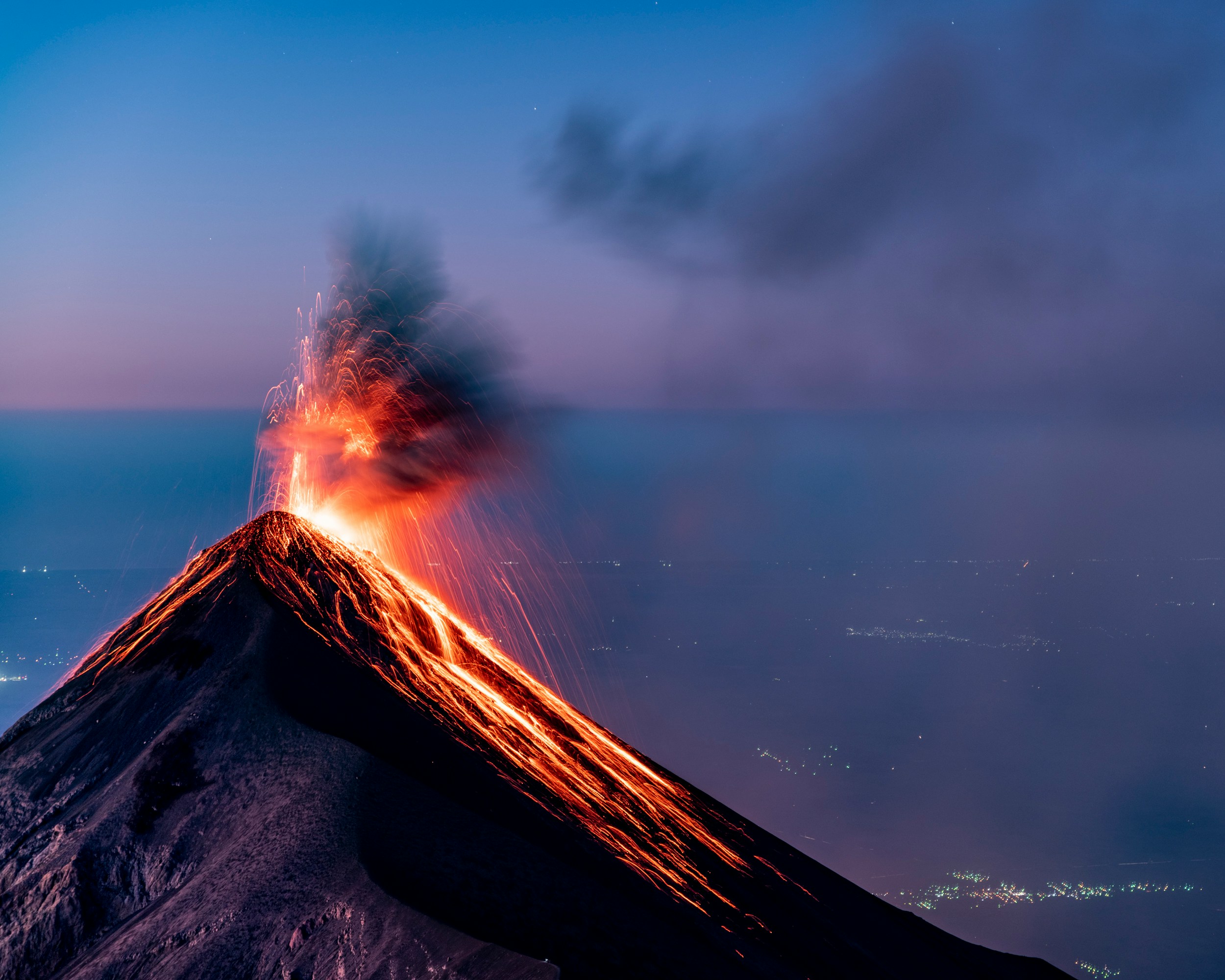Why It Matters
The eruption’s massive plume raised concerns about tsunami risks and aviation disruptions, prompting Japan’s Meteorological Agency to monitor tide changes closely.
Key Points
Possible delays and rerouting of flights
Volcanic ash may disrupt international flights, affecting business travel, etc.
Tsunami risk to Japan is low, but monitoring continues
The Japan Meteorological Agency is monitoring tide level changes, but no impact on Japan has been confirmed at this time.
Impact on Indonesian economy and trade
Raising the alert level in the surrounding areas may hinder logistics and business activities.
Summary
At around 0:40 a.m. on March 21 (Japan Standard Time), a large-scale eruption occurred at Mt. Lehotobi Rakiraki, a volcano on the Indonesian island of Flores. The volcanic plume reached an altitude of about 16,000 meters and was observed by the weather satellite Himawari-9.
The Japan Meteorological Agency is investigating the impact of the tsunami.
Large volcanic eruptions have the potential to generate tsunamis due to pressure waves, but the JMA has monitored tide level changes at stations in Japan and overseas, and as of 6:30 a.m. on March 21, no significant changes have been confirmed. No tsunami impact on Japan is also expected.
Indonesian Authorities Raise Alert Level to Highest
The Indonesian Department of Volcanology and Geological Hazard Control has raised the alert level to the highest level in response to the eruption, and is urging residents in the area to remain vigilant.
An eruption of the same magnitude occurred last November.
The volcano has been active since the end of October last year, and on November 4, it erupted with pyroclastic flows and plumes reaching an altitude of 12,000 m. The volcano is about 1,700 m above sea level. On November 4, an eruption accompanied by pyroclastic flows occurred, and the volcano’s plume reached an altitude of 12,000 m. This eruption also resulted in a fatality.
Possible Impact on Airline Flights
The spread of volcanic ash from the eruption may affect the safety of air travel. If ash is sucked into the engines, there is a risk of engine stoppage, and there is also concern about damage to the cockpit window glass. Depending on the future status of the volcanic plume, international flights between Eurasia and Oceania may be rerouted or delayed.
Past Similar Cases and Tsunami Potential
The January 2022 eruption of the Tonga-Hungatonga-Hunga Ha’apai volcano generated an unusual tsunami that also reached Japan. The Japan Meteorological Agency has announced that it will monitor tidal changes because the eruption’s plume reached more than 15,000 meters. However, no tsunamis have occurred in the past cases announced under this criterion (10 times in total), and the probability of a tsunami actually occurring is considered low.
Cautions for the future
The JMA’s announcement regarding this eruption is for the purpose of monitoring abnormal tidal levels, and does not mean that immediate caution is required. If a tsunami is actually identified as a possibility, a tsunami advisory will be issued, so it is important to continue to pay attention to the latest information.
Timeline
Coming Soon




Comments